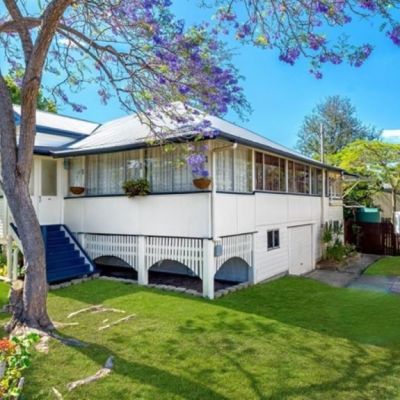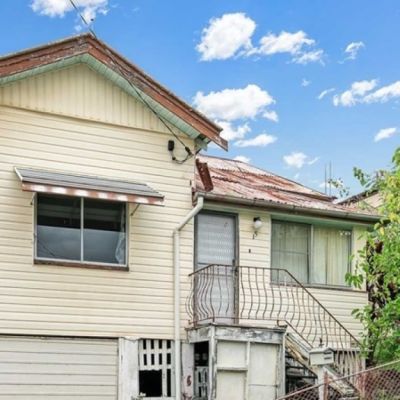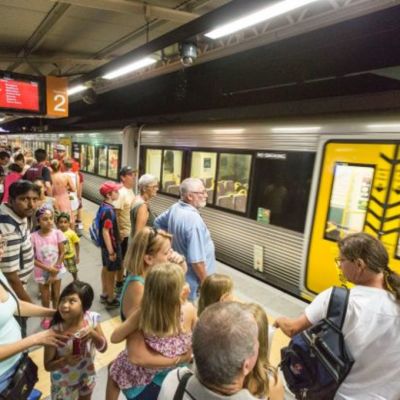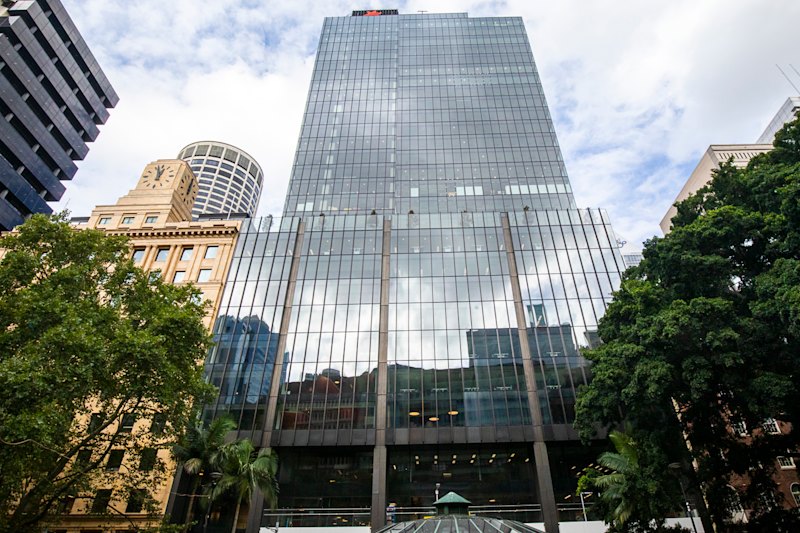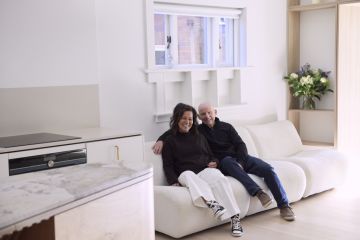Small lot housing in Brisbane: Buying less than 300 square metres in the suburbs
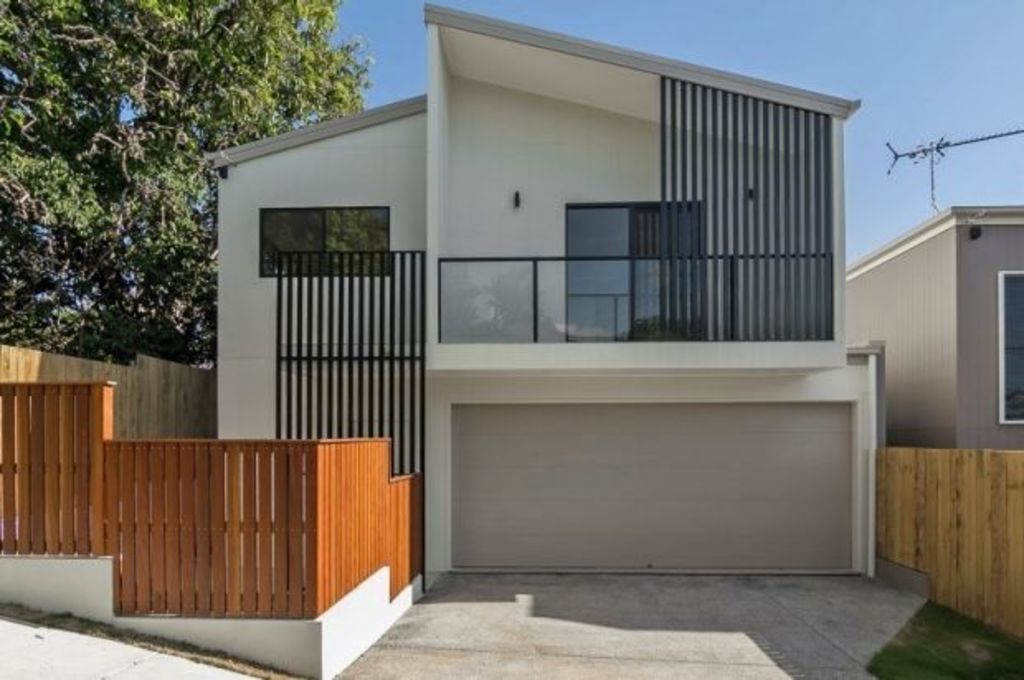
When the Brisbane City Council drafted its city plan in 2013, it was feared the traditional suburban backyard would die a slow death.
The change, which allowed for blocks to be subdivided into lot sizes ranging from 180 to 300 square metres, affected mainly middle to outer-ring suburbs; areas known for their more traditional lot sizes.
And while the move may have faced criticism back then, real estate agents today say Brisbane property buyers are coming to terms with the concept, although some more quickly than others.
Mark Bellingham, agent for Purple Bricks Queensland, says houses on small lot sizes have become popular with Brisbane buyers as a “lifestyle choice”.
“From what I can see, people in Brisbane are coming around to it. It’s a great alternative for people who still want to be able to have a pet, have control of their property, very little maintenance and without any body corporate fees,” he says.
And he says it’s not about the price. “People aren’t buying them because they’re a cheaper alternative to houses on traditional lot sizes,” he says. “People are buying these properties for the lifestyle they offer.”
Mr Bellingham cited a listing at 25 Swansea Street, Annerley, as the perfect example.
A brand new three-bedroom, two-bathroom house within walking distance of transport, cafes and restaurants, it’s positioned on a 186 square metre allotment, asking for offers over $745,000.
“You can get three bedroom houses on a traditional-sized block for that money in Annerley — it’s not a cheaper alternative,” Mr Bellingham says.
“However it is brand new, low maintenance and something that can just be used for lock-up and go. Annerley has quite a big student population with great links to the universities and I’m getting a lot of interest from couples in their 30s and 40s who want to keep something like this for their children in the future.”
Allan Campbell of One Agency Metro West has just sold 59 Fisher Street, East Brisbane, to a buyer who is going to subdivide the 506 square metre block into two lots. And while East Brisbane buyers are happy to compromise on land size, he says the same does not go for buyers in the suburbs.
“I’m not sure Brisbane buyers are ready for small lots. When you’re close to the city, yes. When you get a few kilometres out, buyers still expect they’ll get a traditional block.”
Mr Campbell recently sold 2 Gamelin Crescent, Stafford, a beautiful three-bedroom character home on 286 square metres of land, after several months on the market. He says the land size turned a large number of buyers off before they’d even looked inside.
“We had a lot of push back from buyers who flat out walked away as soon as they discovered the land size it was on,” he says.
“I can only speak for this property but in Stafford, it’s a different kettle of fish. Buyers are not prepared to compromise on the block size like they are in the inner city.”
But Scott Hay of Place Coorparoo believes Brisbane buyers are ready to live on smaller blocks of land if it means they can stay relatively close to the CBD.
“The price needs to reflect the compromise,” he says. “There actually isn’t much stock on small lot sizes around Coorparoo, Camp Hill and Holland Park but if there were more, they’d sell quickly.”
Mr Hay says the houses on tiny lots appeal to buyers who have been priced out of the suburbs they want to buy in.
“They’ve been priced out of average suburban-sized blocks, especially first-home buyers who want to live closer to the city than what they what could otherwise afford.”
“People like freehold blocks because they have the control over what they do. People are always going to have some sort of block of land but they’re also reticent to go further out. they want to stay closer to work.
Mr Hay says the development of smaller lots has not taken off in great numbers in the areas in which he works — Coorparoo, Holland Park and Camp Hill — but he believes these numbers could increase as the development of apartments grinds to a halt.
“If I had more properties on small lots I would sell them really quickly. I’d say that normally developers are buying blocks and putting apartments up but with the current state of that market, that could change and we could see more of these small lot homes go up.”
We recommend
We thought you might like
States
Capital Cities
Capital Cities - Rentals
Popular Areas
Allhomes
More
